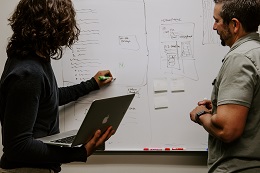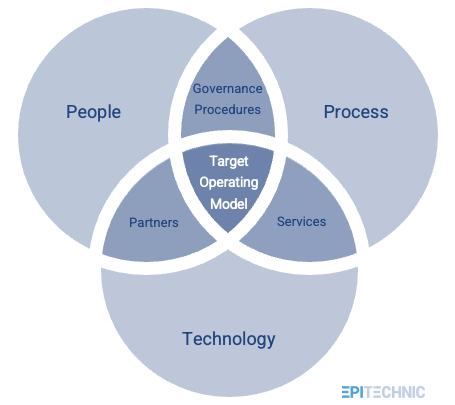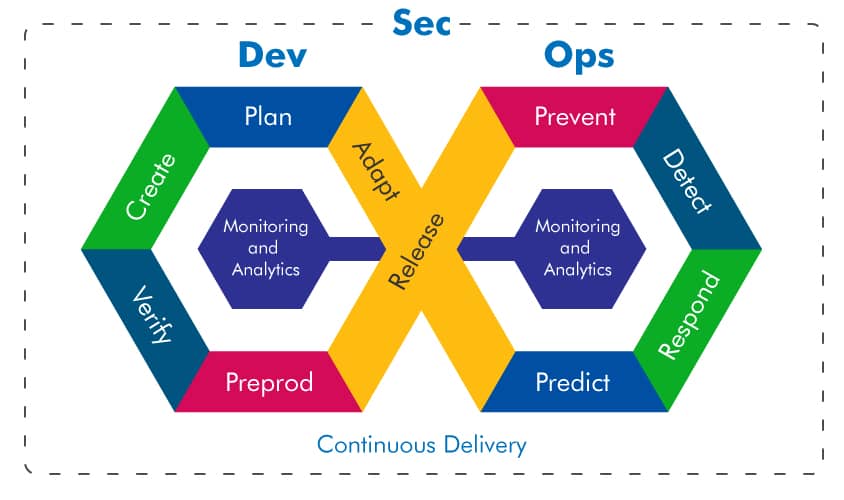When I talk about Cloud Landing Zones, I like to use the analogy that if you were a licensed airline pilot, you would not just get into your plane and take off. You would want a reliable system to monitor your flight, security measures in place to protect you, and most of all assurance that you have somewhere to land. In an enterprise environment, Cloud Landing Zones are set up ahead of time so that you can take off with your business applications and safely land them in the cloud.

Figure 1: Enterprise Cloud Landing Zones
The term “Cloud Landing Zones” can make you think it is a sophisticated and highly technical solution. Although they can be complex, you should see them as the foundation of your enterprise cloud platform with capabilities tailored to your business. They are secure, resilient, well governed and business complaint cloud environments that enable you to develop and migrate workloads in the most effective way and with the future of your business in mind.
The competence of a cloud platform team may vary from one enterprise to another, however it is generally understood that this team promotes cloud best practices across your business.
It could be inferred that a Landing Zone is a bit like an airport, and you do not have to be a licensed pilot to realise that an airport would not be able to operate without ground handling services. Similarly, having a business function within your enterprise to maintain and operate your Cloud Landing Zones is crucial. Such centralised business functions are known in the industry by different names, including Cloud Services Team, Cloud Platform Team (CPT) or Cloud Centre of Excellence (CCoE)
The competence of a cloud platform team may vary from one enterprise to another, however it is generally understood that this team promotes cloud best practices across your business, provides technical assurance, looks after your cloud security posture, engages in cost optimisation activities, and develops solutions that can be reused across your business. In short, the cross-discipline team ensures that you can land your workloads in the cloud efficiently and safely.
Your complete cloud target operating model brings technology, people and processes together to translate your strategic intent of adopting the public cloud into operational capabilities.

Figure 2: Cloud Target Operating Model
However, just having people on the ground is not enough. They need to know what to do, why, how, and when, or there will be chaos at the airport. For example, it is evident that your team needs to know how to communicate with you to facilitate your landing or to prepare the runway for you to land. To effectively operate Cloud Landing Zones, enterprises typically design key processes to define key capabilities that are exemplified from an end-to-end perspective to form a part of your cloud operating model.
Your complete cloud target operating model brings the technology (Cloud Landing Zones), people (Cloud Platform Team) and processes together to translate your strategic intent of adopting the public cloud into operational capabilities. The most successful cloud adoption programmes pay attention to all three components allowing enterprises to deliver on their cloud strategy and harness the full potential of the public cloud.






